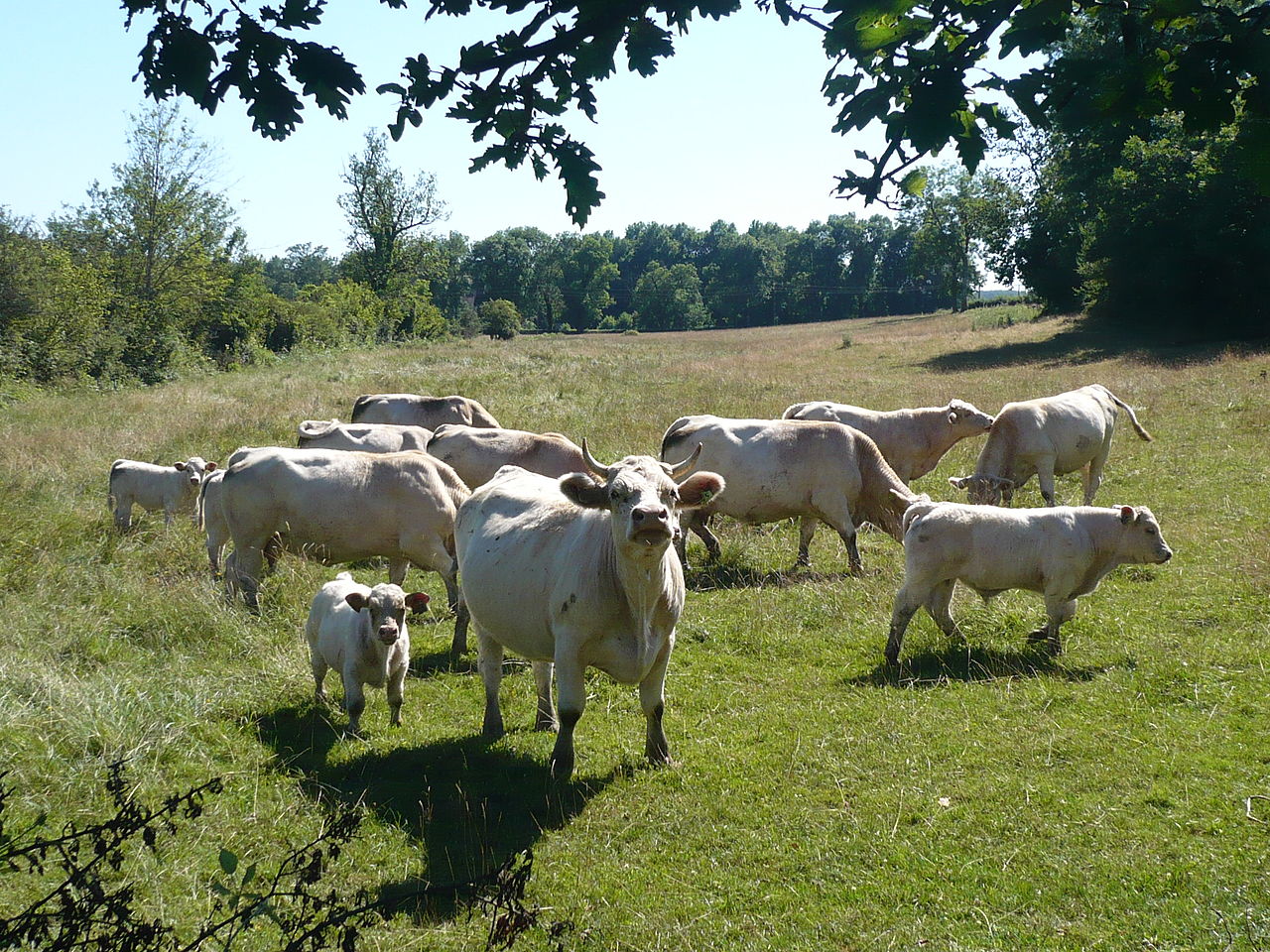
An anonymous Scottish cattle and sheep farm will take part in an new Quality Meat Scotland (QMS) project which aims to lift the business’ net margin performance from “average” to “top 25%”.
This project will track how the performance of this average performing farm business can be improved over a three year period to a point where its net margin places it in line with Scotland’s top quartile performing farms of a similar type.
The initiative will monitor the changes introduced to the management of the farm to boost its productivity to the level of the top category of performers identified in the “Enterprise Costings” publication produced each year by QMS.
The identity of the farm will not be revealed in the project but the lessons learnt along the way will be shared by QMS with the Scottish farming community. The project will be delivered by SAC Consulting, part of SRUC, Scotland’s Rural College.
“While the identity of the farmer who has kindly agreed to work with us on this project will remain anonymous, all the work and findings will shared with the agricultural sector on a regular basis,” said Robert Gilchrist of Quality Meat Scotland (QMS).
“This project very much reflects the need to find ways to further improve efficiency on beef and sheep farms which are under pressure from a range of factors, including the reduction of some of the support systems currently in place.
“The intention is identify practical opportunities to make technical and financial improvements.”
The project will focus first on the cattle enterprise but will later move to focus on the sheep side of the business.
Among the areas which will be considered on the cattle side of the average-performing farm selected are: fertility levels (over 10% of cows on the unit are currently barren); losses at calving; numbers reared, health and welfare and bedding costs.
The initial phase of the project will review how the farm compares with QMS’s Enterprise Costing results for top quartile farms, so that the target areas where improvements are needed can be focused on.
The early data collection phase will review the farm’s fertility and calving results and numbers reared over past few years. Forage and soil analysis will be undertaken along with the metabolic profiling of a number of cows and grass growth monitoring will also take place.
